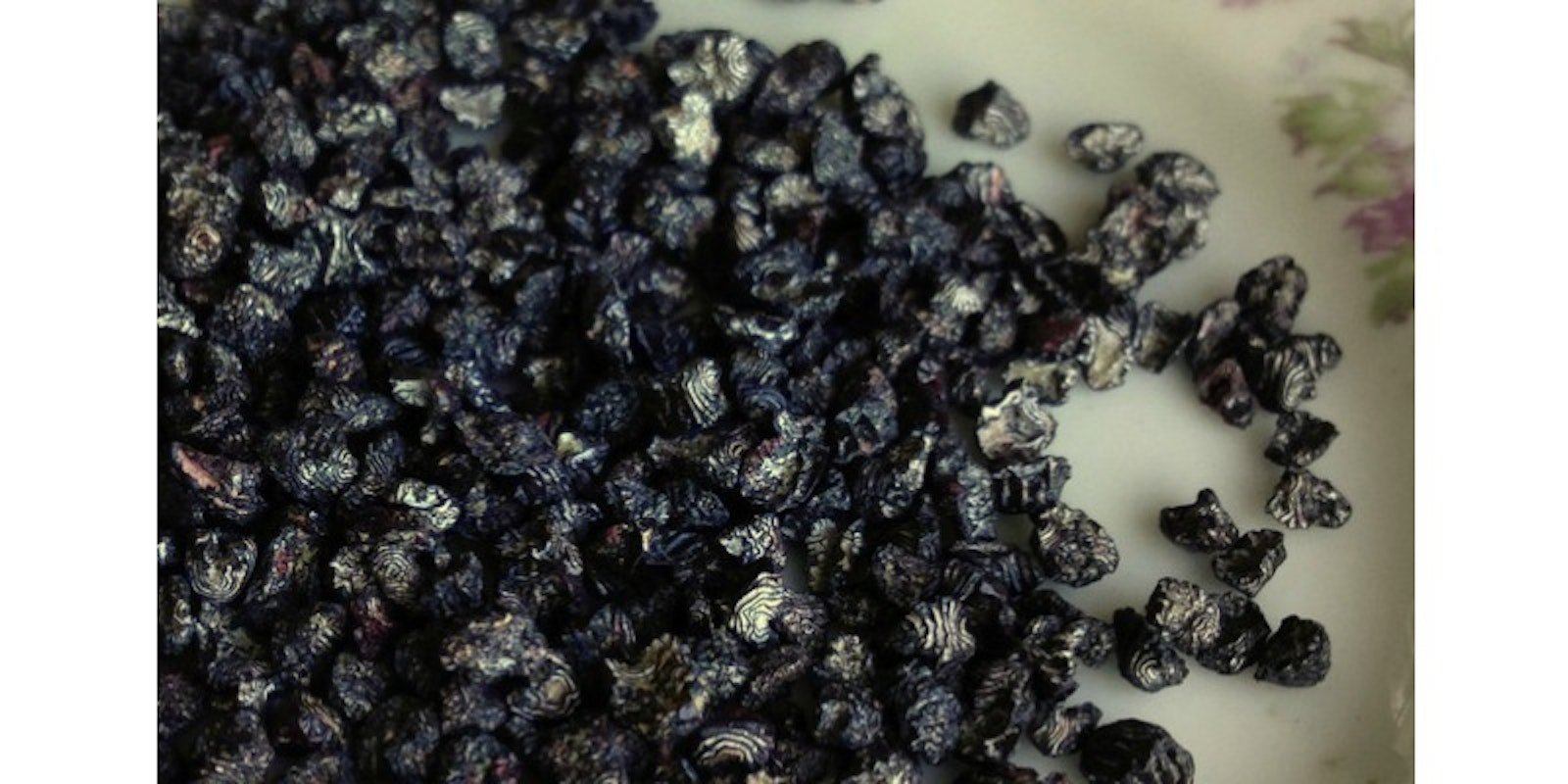
Antique spinning mill equipment captures an important piece of American history. Photo courtesy of the American Textile History Museum, Lowell, Massachusetts.
The American Textile History Museum (ATHM) in Lowell, Massachusetts, has long been known for its impressive collection of antique spinning wheels, looms, and textiles. With regret, I must share with you that the museum has announced the temporary closing of its exhibits and galleries at the end of the year. A notice to visitors states, "Due to a lack of immediate funding, ATHM must temporarily close our exhibits and galleries to the public as of January 1, 2016. All children's education programs will continue as scheduled and access to ATHM’s collections for research will continue to be available on a limited basis. With your support, we will undergo a significant transformation to preserve our collection and continue to fulfill our mission. Please donate today."

The museum holds a large collection of antique spinning wheels. Photo courtesy of the American Textile History Museum, Lowell, Massachusetts.
ATHM has evolved and changed since its founding in 1960. Originally located in North Andover, Massachusetts, the museum was established by Caroline Stevens Rogers as the Merrimack Valley Textile Museum. She was a weaver and dyer and became interested in founding the museum after inheriting a large collection of spinning wheels and sundry equipment from her father. Today, the museum holds over 90,000 artifacts, and the Chace Catalogue allows you to search this important collection online.
The museum has two great exhibits that will be open through December.
Wonder of Wool: Ancient fiber to modern marvel
"Wool is one of the most commonly used fibers in the world and easily the most misunderstood. Wonder of Wool: Ancient Fiber to Modern Marvel takes a fascinating look at the significance of sheep and wool in our culture and our everyday lives. Wonder of Wool explores the unique characteristics of the fabric that have made it so useful both historically and today, as well as the tools of the trade and the dramatic changes in processing wool, which allow us to accomplish in minutes what once took days. An ancient fiber and a modern marvel, wool remains an important fiber with a new emphasis on making it easier to care for and more comfortable to wear."

Print, late 19th-early 20th century. Leaving the Hills, 1874. After Joseph Farquharson (1846-1935) Scotland. Gift of Werner von Bergen, 0000.329
Joseph Farquharson was a Scottish painter, known especially for his winter landscapes scenes with sheep. He exhibited almost annually at the Royal Academy in London and found commercial success with prints made from his paintings. Photo courtesy of the American Textile History Museum.
Nature by Design
"Nature is the oldest and richest source of design inspiration. The objects in Nature by Design share a common characteristic: they are both artful and useful, functional and aesthetically pleasing. This exhibit explores the rise and decline of the great movements of art, from Classicism and Romanticism to Art Deco, and their impact on our culture, society, and economy."

Cocheco Textile Sample, 1884. Cocheco Manufacturing Company. Dover, New Hampshire. Cotton, printed. Title: Unguarded. Photo courtesy of the American Textile History Museum.
Can't get to the museum this month? Donation information can be found on the website. You can learn more about the collection on the ATHM blog, Facebook page, and Pinterest boards.
Are you interested in textile history and antique wheels? Here are a few Interweave resources: From Wool to Waulking. Video: Norman Kennedy. Spin Flax and Cotton. Video: Norman Kennedy.

